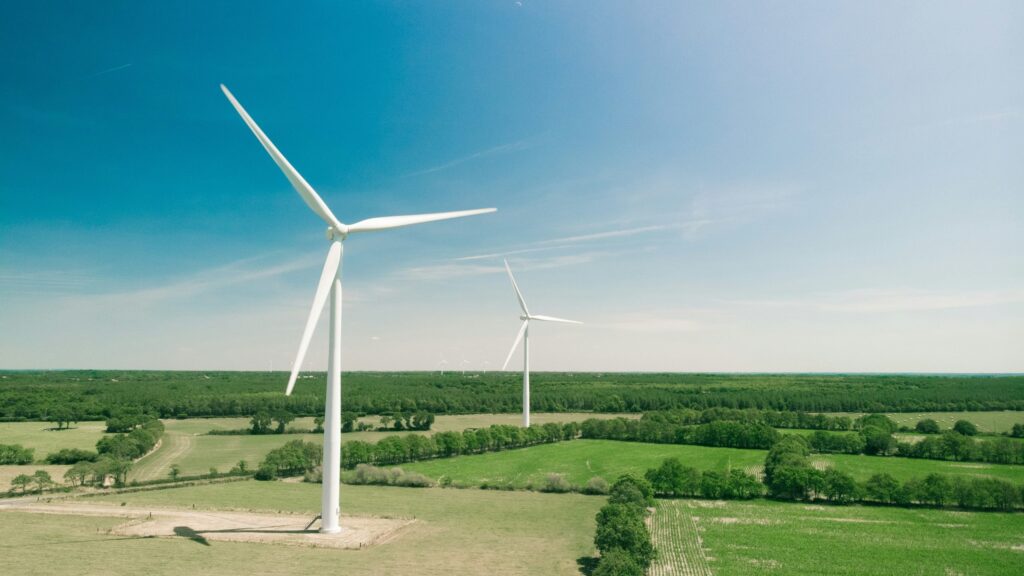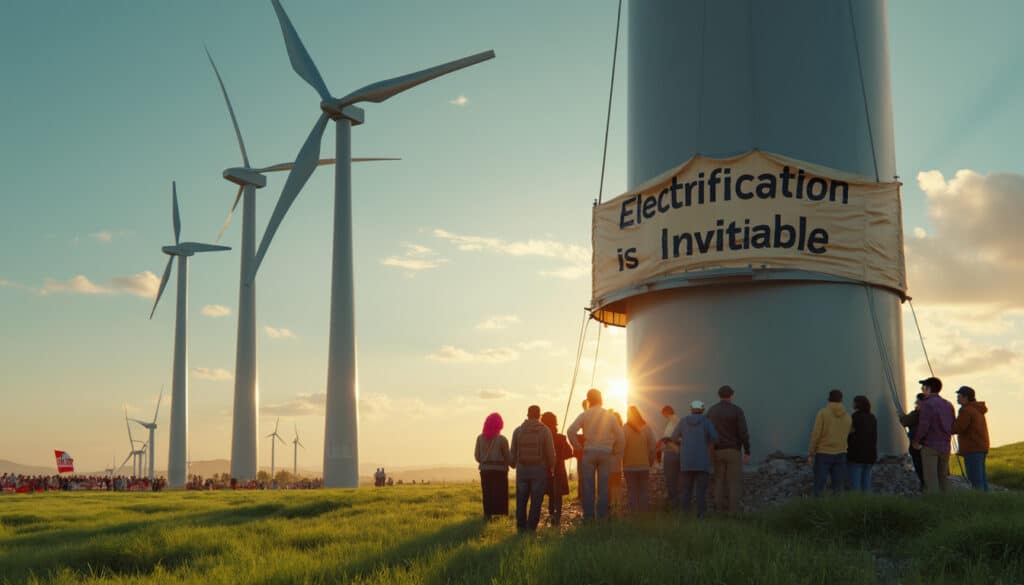The construction of wind farms in Hunan province raises significant environmental issues, particularly concerning soil nutrients and vegetation. Indeed, the establishment of these infrastructures can alter the physico-chemical characteristics of the soils, thereby affecting their fertility and local biodiversity. The interaction between wind turbines, soil, and vegetation warrants in-depth analysis to understand the long-term ecological implications. This study aims to explore these effects, focusing on the mechanisms by which wind farms impact soil quality and the health of surrounding plant species, while considering the potential benefits of transitioning to renewable energy sources.

A recent article published in the journal Sustainability investigated how the construction of wind farms affects soil nutrients and vegetation cover in a mountainous area of Hunan province, China. The researchers analyzed soil properties and vegetation indices at different stages of construction and operation, comparing them to unaffected control areas.
Context
Wind energy is a crucial source of renewable and clean energy for many countries. Although wind farms provide significant environmental benefits, such as reducing greenhouse gas emissions, their construction and operation can impact local ecosystems. More specifically, wind farms can affect vegetation cover and soil properties, leading to potential ecological disruptions.
To minimize these environmental impacts and ensure sustainable development, it is essential to carefully plan and manage the construction and operation of wind farms. This includes implementing measures to protect soil and vegetation, monitoring environmental changes, and adopting practices that enhance the overall health of the ecosystem.
Research Overview
In this study, the authors investigated the Linxiang wind farm in Hunan province, a mountainous site with a total capacity of 50,000 kW and 25 turbines. Construction began in December 2013 and was completed in September 2016. The study area was divided into three altitude zones: high (400-500 m), medium (300-400 m), and low (200-300 m).
The researchers collected soil samples at different altitudes from the bases of the turbines and from a control area with no wind farm construction. They measured soil properties such as organic carbon, available phosphorus, hydrogen ion potential (pH), nitrogen, and readily available potassium.
Remote sensing images were used to calculate the normalized difference vegetation index (NDVI) and the fractional vegetation cover (FVC) at three stages: before construction (2013), during construction (2016), and after construction (2023).
Research Findings
The results showed that the construction of wind farms had a significantly negative impact on soil properties and vegetation cover. The soil samples collected around the turbines had lower levels of total nitrogen, organic carbon, available phosphorus, and readily available potassium compared to samples from the control area at the same altitude, indicating reduced soil fertility. However, soil pH remained largely unchanged during construction.
Vegetation cover in the study area decreased at the beginning of the construction phase (2013), improved during the mid-operation phase (2016), but again declined by the end (2023), suggesting a reduction in vegetation quality. It also varied with altitude and distance from the turbines. Changes in vegetation cover were consistent with land use changes: forest land increased from 2013 to 2016 and decreased from 2016 to 2023, while bare land and grasslands followed the opposite trend.
Practical Applications
The study provides important insights for environmental protection and the promotion of sustainable development of wind farms, especially in mountainous regions. It recommends measures to protect and restore the local ecosystem, such as selecting suitable plants, implementing soil and water conservation practices, and monitoring long-term changes in soils and vegetation.
Areas for Improvement and Future Perspectives
The researchers also identified certain limitations in their study and suggested directions for future work. This includes:
- Examining variations in biomass and biological species
- Studying soil properties over time
- Exploring the impact of wind farms in different regions
- Comparing the effects of onshore and offshore wind farms
- Engaging with local communities and stakeholders
- Developing advanced strategies to reduce the ecological footprint of wind farms
Impact Table
| Soil Nutrients | Vegetation Cover |
| Reduction of total nitrogen | Initial and late decrease |
| Decrease in organic carbon | Average increase during operation |
| Reduced available phosphorus | Variation with altitude |
| Reduced readily available potassium | Impact by distance from turbines |
| Unchanged pH | Variation with land use |

Pour mieux comprendre l'impact des parcs éoliens en mer et de leur raccordement sur les peuplements de poissons ? & la biodiversité marine ?, le globetrotter Tolt est allé à la rencontre des équipes de RTE et de @FrceEnergiesMar
— RTE (@rte_france) April 16, 2024
Un échange à retrouver ici ?
Articles similaires
Thank you!
We will contact you soon.














